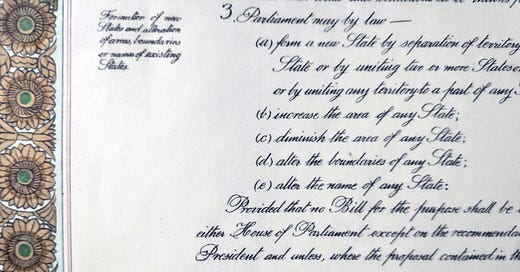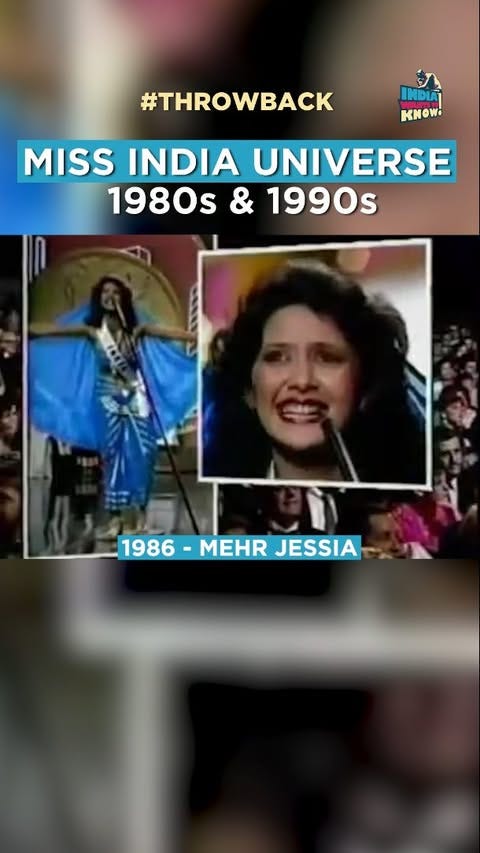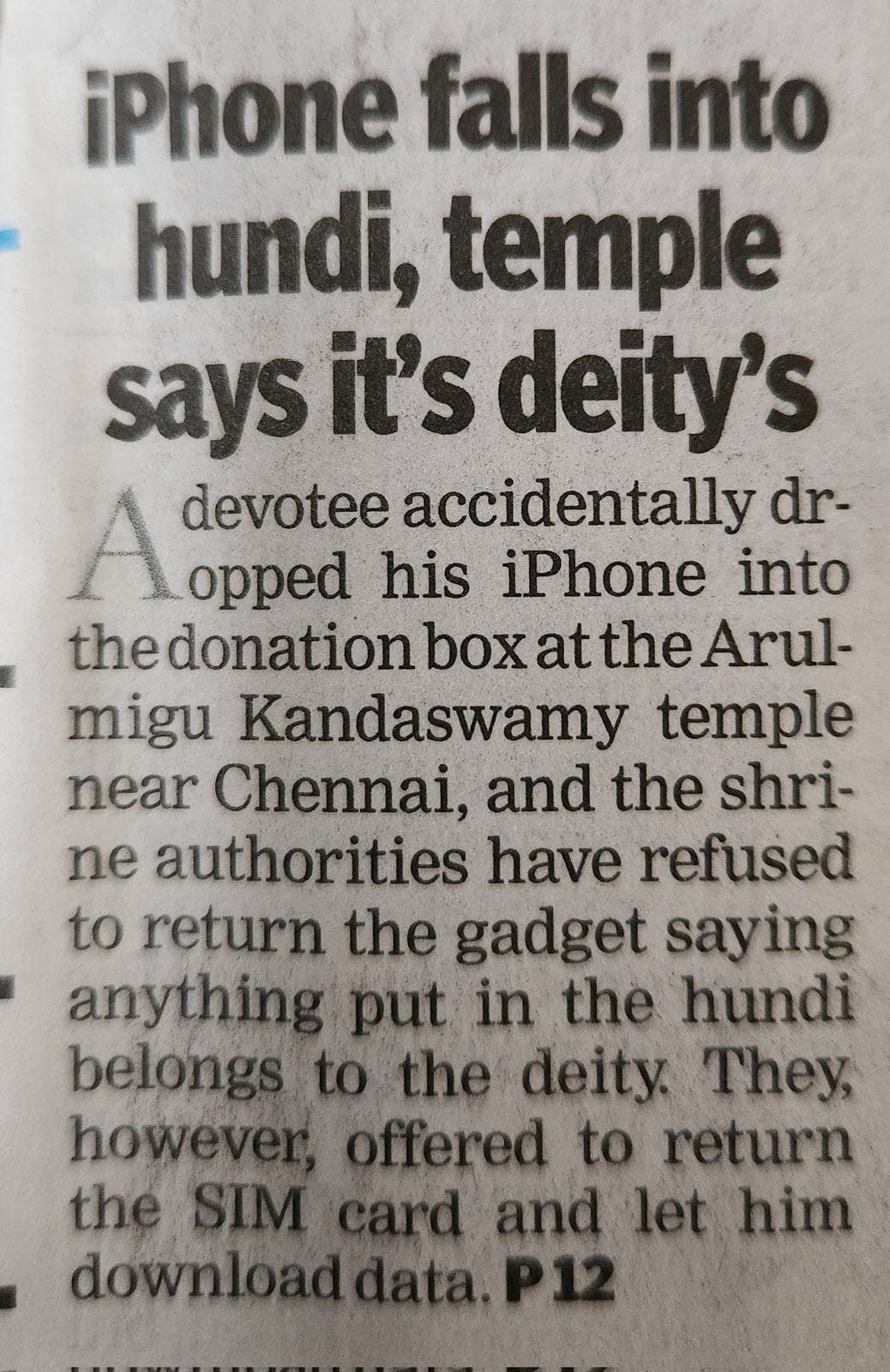Last week’s newsletter might have turned up in your Inbox with some formatting issues. You don’t want to miss the Only In India section 👀
Hello mitron
January 26th 2025 will be 75 years since India became a republic. The Constitution of India, the world's lengthiest handwritten constitution is a legit piece of art - The original manuscripts of our Constitution in both English and Hindi was handcrafted. Shri Prem Bihari Narain Raizada beautifully wrote the English version in calligraphy, while Shri Nandalal Bose and his students from Shanti Niketan created intricate artwork and decorative borders. Their efforts made the Constitution not only a groundbreaking document but also a visual treasure that reflects India’s rich culture, diverse heritage, and glorious history.
This week we give you a glimpse of the effort that was involved in the framing of this document.
Things we learnt this week 🤓
It's 1948, and young Dinanath Bhargava, barely into his twenties, finds himself handpicked by the legendary Nandalal Bose for a task of monumental importance. The mission? To design the national emblem for India's constitution. But Bose was a stickler for details. He didn't want just any old lions adorning the nation's most important document - He wanted lions that looked as if they might leap off the page and roar at unsuspecting bureaucrats. So he packed his sketchbook and embarked on a daily 100-kilometer round trip from Shantiniketan to the Kolkata zoo for a month as that was the nearest place with real lions to observe. Bhargava really mane-aged to capture the essence of the lion!
In the late 1940s, as India prepared to shape its new future, Prime Minister Jawaharlal Nehru sought someone to add a special touch to the nation’s founding document. Prem Behari Narain Raizada, known for his mastery in calligraphy, was the natural choice. When asked about his fee, Raizada humbly declined, saying, "Not a single penny. By the grace of God, I have all I need and am content with my life." Instead, he made a simple yet heartfelt request: to sign his name on every page of the Constitution and to include his grandfather’s name on the last page as a tribute to the man who had inspired him. Nehru, moved by Raizada’s selflessness and patriotism, agreed without hesitation.
Sometimes, we don’t just lose objects—we lose the stories they carry. The Survey of India (SoI) was tasked with printing the first 1,000 photolithographic copies of the Constitution in 1950. But the Sovereign and Monarch lithographic presses, built by the UK’s RW Crabtree & Sons, were auctioned in 2019 for just ₹1.5 lakh. It’s easy to justify this loss. SoI officials pointed to high maintenance costs, limited space, and the burden of managing 252 years of history. But these machines weren’t just relics—they were the instruments of a new India, printing a document that defined the aspirations of a nation. Even the lithographic plates used to print those historic copies were sold off long ago, leaving behind just a lubrication schedule on a wall.
From IWTK, with love 💌
Take a trip down memory lane and look at all the women who represented India at the Miss World/Universe in the 80s and 90s.
When Anthony Bourdain met Mammooty
Only In India 🇮🇳
The gods also want the latest iPhone
💟 IWTK










